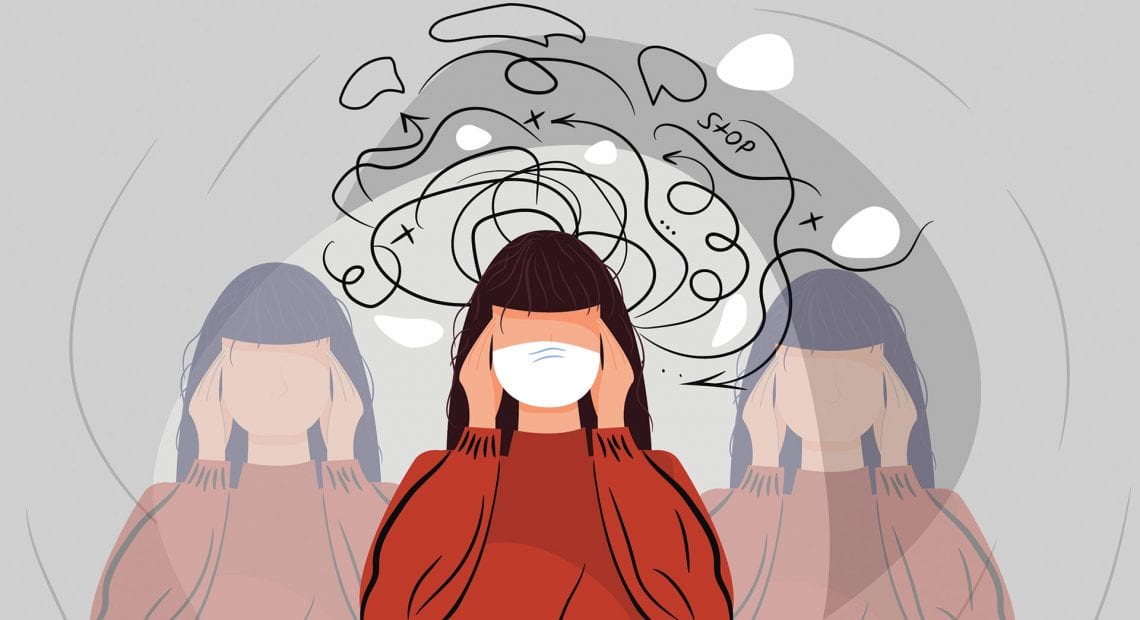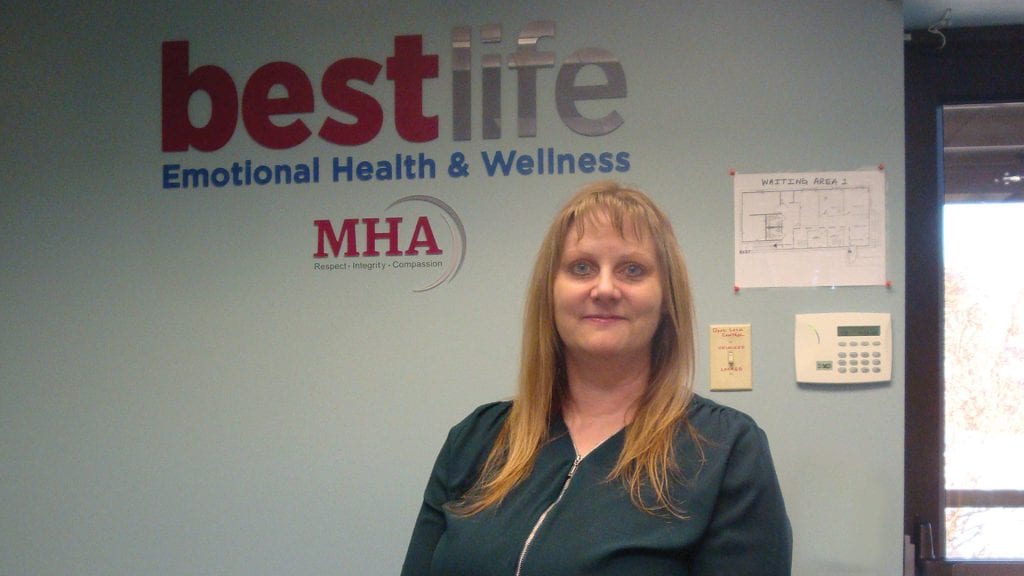It Shows That Our Pain May Be Followed by Some Gains
By Jeff Liguori
According to Google searches, the popularity of the term ‘inflation’ hit its highest peak in at least five years during the second week of August of last year.

Jeff Liguori
For the sake of comparison, the term ‘stock market’ is one of the more popular Google searches. On average, ‘stock market’ is three times more popular than ‘inflation.’ For further comparison, the search for ‘Lebron James’ is regularly much higher than ‘inflation,’ but still not quite as popular as ‘stock market’ on average. Yet, in August of last year, ‘inflation’ bested both terms, by a wide margin.
Higher consumer prices are causing anxiety. The Federal Reserve, with its dual mandate of full employment and low inflation, has been working to ease prices through higher interest rates, which led to weak performance in both stock and bond markets in 2022 — a rare phenomenon when both markets sell off in tandem.
When the Fed raises the federal funds rate, an interest rate that banks charge to one another for overnight lending, it has a ripple effect, putting upward pressure on all interest rates, from mortgages to treasury bills. In turn, all assets get ‘repriced’; stock prices adjust lower (usually) because higher rates often mean profit margins for those businesses shrink, which equates to a lower valuation for that company’s stock price. The repricing of assets has wide-ranging implications and is often disruptive to an economy.
Is the Fed acting appropriately? Wall Street, with no lack of varying opinions, either believes the Fed has overstepped by tightening too quickly and too late, or the Fed should be more aggressive in the next two sessions and then be done. Finding an economist or strategist that thinks Jerome Powell and his crew are precisely doing the right thing is nearly impossible.
Instead of opining on the Fed’s actions — I’m not an economist, more of an ‘investment historian’ — let’s put the discussion in the context of past cycles of rising inflation and what it might mean for investors.
From January 1966 to August 1969, the federal funds rate more than doubled from 4.5% to 10.25%, in what was then seen as aggressive action by the Fed to tame inflation. In August 1969, the Fed reversed course, cutting interest rates as the economy slowed and the country faced increasing job losses. To safeguard the economy, the Fed quickly went from raising to easing interest rates, moving the effective rate back to about 5% in March 1971, as unemployment started to tick up.
But the story doesn’t end there. Inflation was persistent even with a slowing economy because of a burgeoning energy crisis. Once again, the Fed moved to a tightening stance, this time increasing interest rates by more than 300% from the spring of 1971 to the summer of 1973. Interest rates skyrocketed, and stocks suffered badly, declining by more than 40% in the 14 months following the start of that new tightening cycle, before bottoming in October 1974.
Interestingly, interest rates remained historically elevated throughout the 1980s, but stocks managed to do quite well. From the low in October 1974, the S&P 500 had an impressive run until the tech meltdown in 2001, appreciating 460% into late 2000. The data is compelling.
Following the Fed pause in 1974, in 21 of the subsequent 28 years leading up to the tech bubble, stocks generated a positive annual return. The worst year was 1977, when the S&P was down 11.5%, and the best year was 1995, when the S&P 500 generated a positive 34% return. There were eight years in that three-decade stretch when stocks increased by more than 25%.
To put things in perspective: the federal funds rate increased from 2.25% to a peak of 14.3% from February 1971 to July 1974, a total increase of about 230%, a slow and steady move higher in that 40-month period. Beginning in March of last year, the Fed raised rates from a historic low of 0.08% to 4.75%. That may seem milder as the overall level of interest rates is still historically low, but consider the Fed took this action in 11 months, increasing rates by more than 5,000%.
Overall, 2022 was unprecedented, both in the dramatic measures by the Fed and the performance of financial markets. Bond and stock markets haven’t generated a negative return in the same calendar year in almost 60 years. And there has only been one other year since 1960 when bonds had a decline in value of more than 10%, in 2009; however, the stock market appreciated almost 26% that year as the country emerged from the 2008 Great Recession.
So, what if the Fed — irrespective of Wall Street opinions — is doing exactly what needs to be done? And what if the economy avoids a recession? And what if stock and bond prices have already adjusted for a recession that doesn’t materialize (or is mild)? If history is our guide, financial markets can produce healthy returns even in inflationary periods, after some initial pain.
The answer may be as simple as to ignore consensus. Be a contrarian. The pain to our portfolios over the past 18 months may be the first step to higher returns in the near future.
Jeff Liguori is the co-founder and chief Investment officer of Napatree Capital, an investment boutique with offices in Longmeadow as well as Providence and Westerly, R.I.; (401) 437-4730.










